Carwyn Jones's transport green light to get Wales moving
- Published
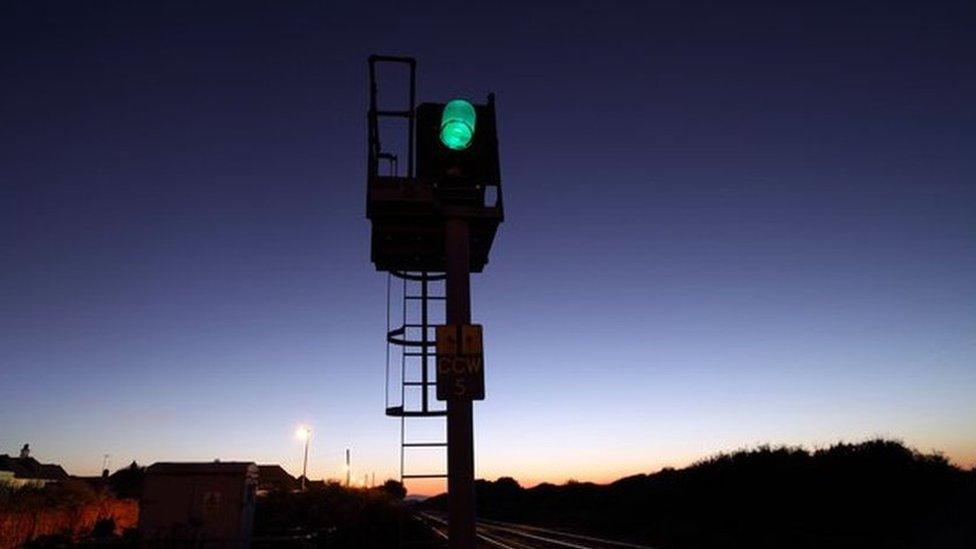
Transport looks set to play a central role in the Welsh Government's agenda with pledges on the M4, the South Wales Metro and rail services amongst the priorities laid out.
The Programme for Government says ministers will deliver the controversial M4 relief road and will improve the A55 in north Wales and the A40 in west Wales.
But those critical of investing £1bn in 15 miles (24km) of new motorway around Newport say it will mean little money left for other much-needed road improvements.
Ministers aim to make it clear that they intend to invest across the country.
The planned South Wales Metro has been broadly welcomed, though the cost has been put at anywhere between £1bn and £4bn.
It could mean people can stay in the homes and south Wales communities they want to live in yet have a cheap, reliable and frequent way to reach the capital where many employers want to establish and expand their businesses.
Critics have argued: "What about north Wales?"
This led to Labour promising a north Wales metro system, to connect the region's urban communities, in May's election.
Now in government, it will have to put more meat on the bones of that idea and says it intends to develop that.
It has also committed itself again to a not-for-profit rail franchise from 2018, though that idea is also not without its troubles, particularly on how it will operate cross-border services.
The programme also aims to "deliver a more effective network of bus services once powers have been devolved".
Given the problems some companies in Wales have experienced recently, and efforts by the Welsh government to support them through Business Wales and Finance Wales, more attention in that sector will be welcomed by many.

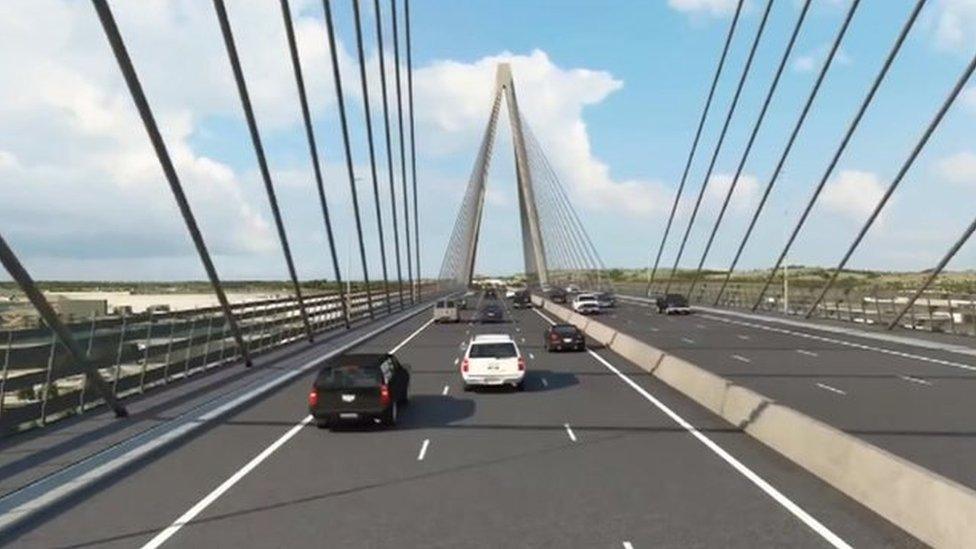
An artist's impression of the planned M4 relief road
M4 RELIEF ROAD
What does it involve? A £1.1bn six-lane motorway, south of Newport, to relieve congestion around the Brynglas tunnels.
Where are we now?
A public inquiry into the project is set to begin on 1 November, examining all the options, including alternative routes proposed by protesters. First Minister Carwyn Jones said it would look at "all possibilities". If it goes ahead, the road could be opened by autumn 2021.
What obstacles are ahead?
The idea was first put forward 25 years ago, so it has seen a few already and the path ahead is by no means straightforward. Expect challenges on environmental grounds and critics who say the cost will leave little money left for other much-needed improvements elsewhere.

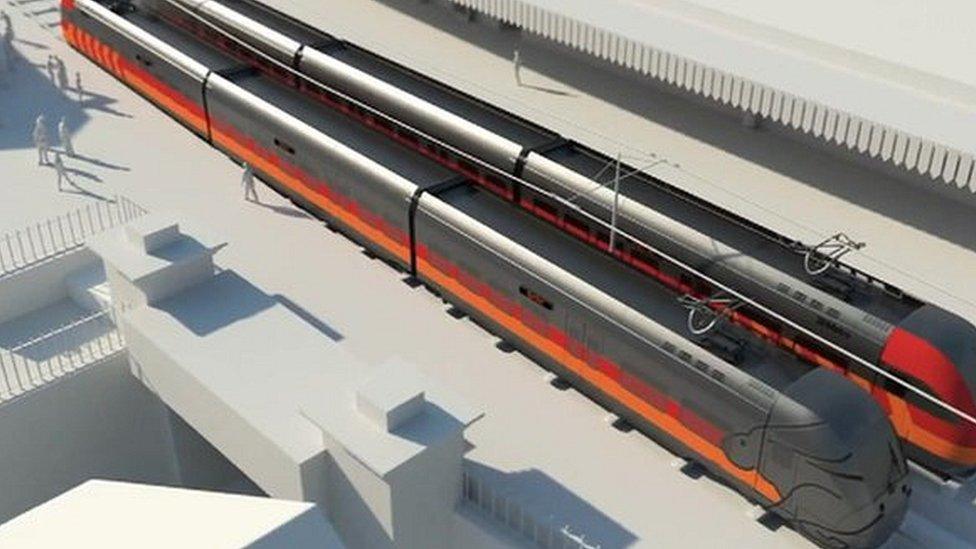
SOUTH WALES AND NORTH WALES METRO
What does it involve? Creating the South Wales Metro and "advance the development" of a north Wales metro system. The south Wales project - involving trains, buses and trams - has been estimated to cost anything up to £2bn and could take until 2030 to complete. The north Wales version would be an "urban concept" by 2035.
Where are we now?
The South Wales Metro project has been joined together with the next all-Wales rail franchise so the Welsh Government is asking for tenders from companies able to develop and operate both.
So far, £600m has been committed, including UK government and EU funding. The Welsh Government's new body, Transport for Wales, is expected to reach a deal by the end of next year. Keolis, which runs the Docklands Light Railway (DLR) in London, Hong-Kong transport giant, MTR, and Arriva Trains Wales are some of those expected to be in the bidding process.
The Welsh Government says the industry will help develop "innovative solutions that may be better value, and deliver improved outcomes, than the original contractual model for the Valleys lines electrification proposals".
What obstacles are ahead?
The South Wales Metro is one of those very unusual projects in that nobody really seems to be against it. What is unclear about it is the funding as some of the money was supposed to be coming from the European Union.
That means the Welsh Government will need to find around £150m that will not be coming after Brexit. It could result in a delay to parts of the project going ahead.
The north Wales metro has been criticised as a vague notion made up in order to avoid claims the government is too focused on south Wales transport improvements.
The Welsh Government now talks about a "possible vision" for a North Wales Metro and connectivity with the northern powerhouse in England.
Ministers are going to have to develop quite clear plans for what it is, how it will operate and who will benefit.


A NEW, NOT-FOR-PROFIT RAIL FRANCHISE FROM 2018
What does it involve? Arrive Trains Wales (ATW) operates the existing 15-year all-Wales franchise - involving nearly 32m passenger journeys a year - which runs out in October 2018. The next one will be awarded by the Welsh Government under devolved powers and, as mentioned above, it wants the winning bidder to operate an integrated contract, with the South Wales Metro worth an estimated £3.5m.
Where are we now?
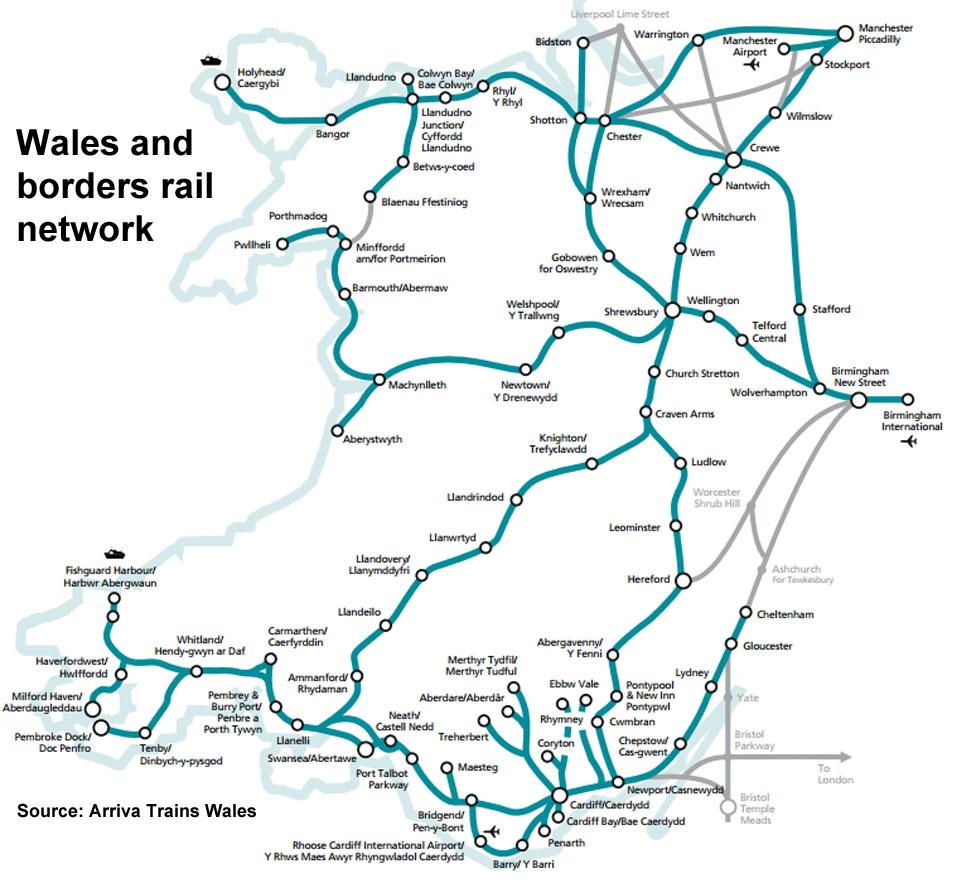
When the franchise was awarded, there was no account taken of the growth in passenger numbers. Significant increases in rail travellers during that period led to criticism of performance of the service. Former Economy Minister Edwina Hart made no secret of her determination to turn it into a not-for-profit franchise once power over it was devolved in 2018. The programme for government commits ministers to pressing ahead with that plan.
The Welsh Government said it was currently gathering the views of rail interest groups on how the next Wales and Border franchise could look before the formal process begins next year.
What obstacles are ahead?
ATW has said the majority of rail services in Wales were not commercially viable, need government support (subsidy is 61%), and profit was a modest 6p for every £1 earned. The company told MPs earlier this month, external of the challenges of replacing old trains. A "step change" in quality and quantity was needed, as well as more being needed to improve stations, with "significant investment" needed at Cardiff Central.
One leading transport expert, external said the Wales network probably needed 50 new trains, diesel and electric, with each carriage alone costing £5m.
- Published20 September 2016
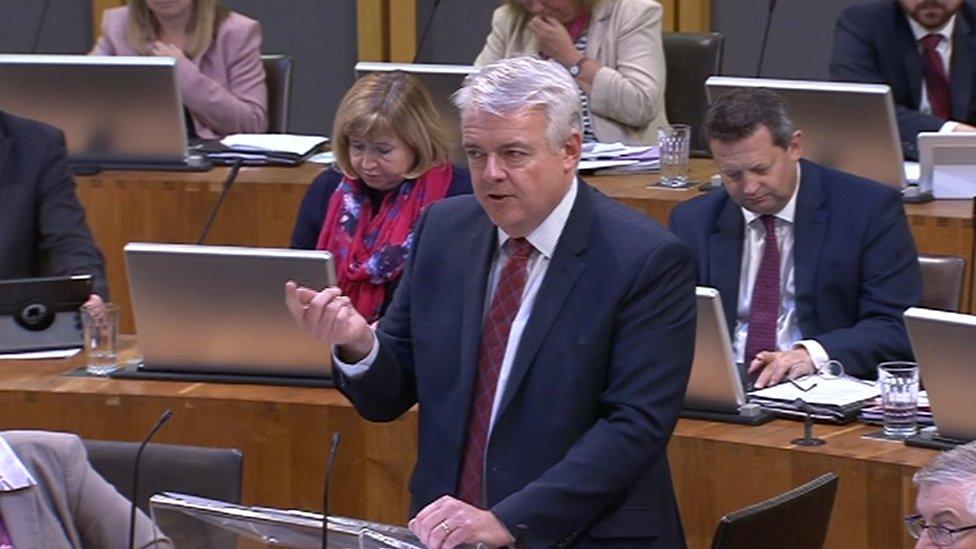
- Published8 September 2016
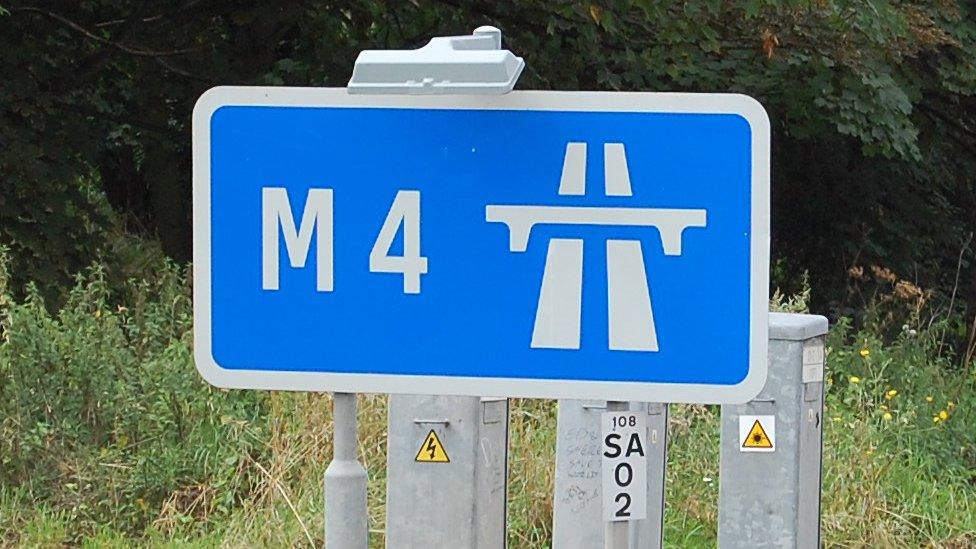
- Published30 June 2015
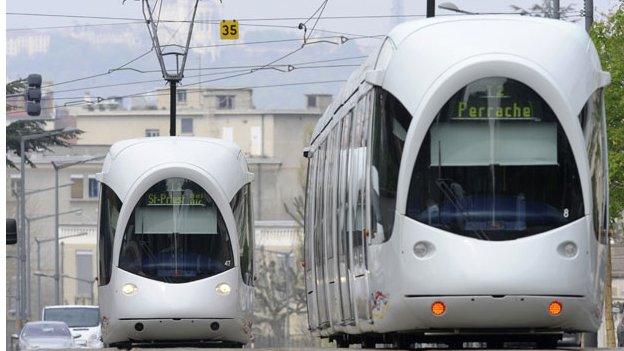
- Published15 September 2016
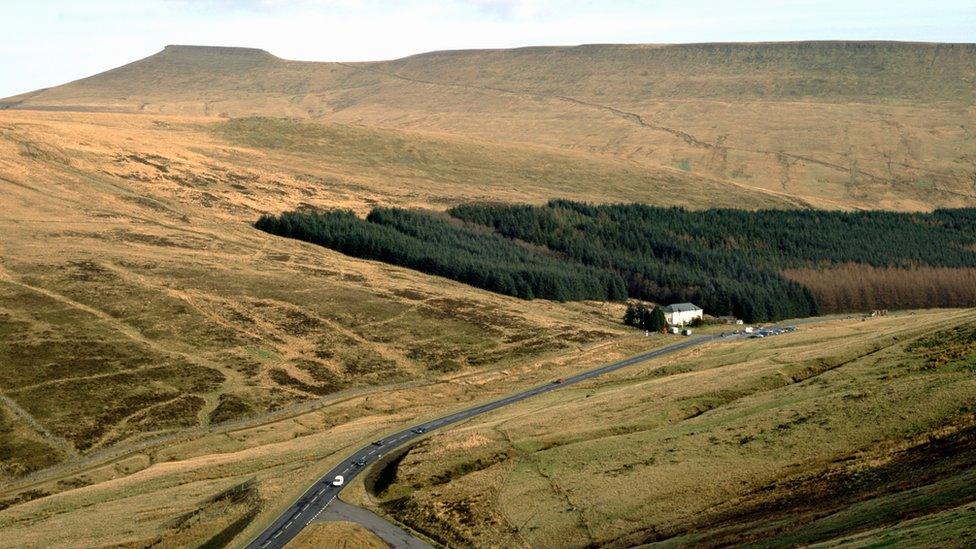
- Published21 June 2016
